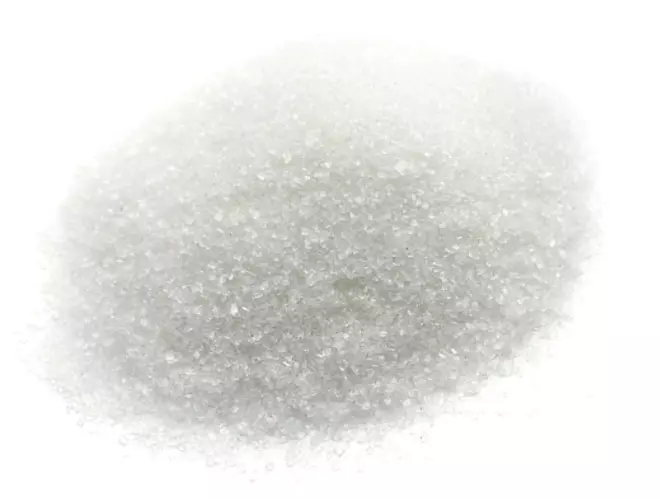IUPAC Name
2-Aminoacetic Acid
Cas Number
56-40-6
HS Code
2922.49.00
Formula
C2H5NO2
Appearance
White Crystalline Powder
Common Names
Aminoethanoic Acid
Packaging
25 Kg Bag
Brief Overview
Glycine is the simplest possible amino acid. It has a single hydrogen atom as its side chain. It is a colorless, sweet-tasting crystalline solid. It can fit in both hydrophilic and hydrophobic environments. It was first prepared by a French scientist, Henri Braconnot, in 1820 and coined the term ‘sugar of gelatin’ for glycine. Glycine acts as a precursor to proteins. It is an inhibitory neuron transmitter for our Central Nervous System (CNS).
Manufacturing Process
On the industrial scale, glycine can be obtained in two ways:
1. Produce glycine using chloracetic acid and ammonium carbonate
2. Produce glycine using chloracetic acid and ammonia
The above two methods are widely used in the USA and Japan for industrial-scale glycine production. In our bodies, glycine is biosynthesized from the amino acid serine.
Food Industry
Glycine is added to protein shakes and made as a dietary supplement for the food industry as it is believed to be an excellent mineral absorber in our body.
Cosmetic Industry
Glycine is a buffering agent in antacids, analgesics, antiperspirants, cosmetics, and toiletries. Various industrial and chemical processes use glycine or its derivatives, such as the production of fertilizers and metal complexing agents.
Animal Feed Industy
Glycine is used in animal and pet foods as a sweetener and taste enhancer. The benefits of glycine as feed additives play a crucial role as a neurotransmitter in the central nervous system, helps build the immune system, helps with electrolyte regulation, muscle, and cartilage formation, and repair, alters calcium ion levels to regulate immune function, production of superoxide, and synthesis of cytokines and facilitates conjugation of bile acids in pigs, and hence absorption and digestion of lipid-soluble vitamins and lipids.
Research Purposes
Glycine is used in protein analysis. It serves as a buffering agent, maintaining pH and preventing sample damage during electrophoresis.
Other Applications
Glycine is widely used as an intermediate in medicine, such as thiamphenicol. In the fertilizer industry, glycine is used as a solvent to remove carbon dioxide (CO2). Glycine is used as an intermediate in the production of glyphosate. It is also used as the galvanizing solution in electroplating.
